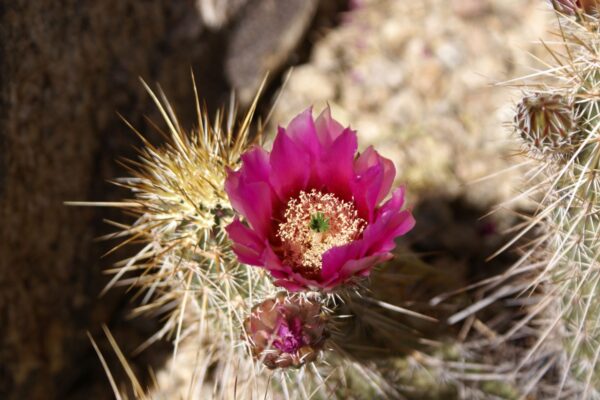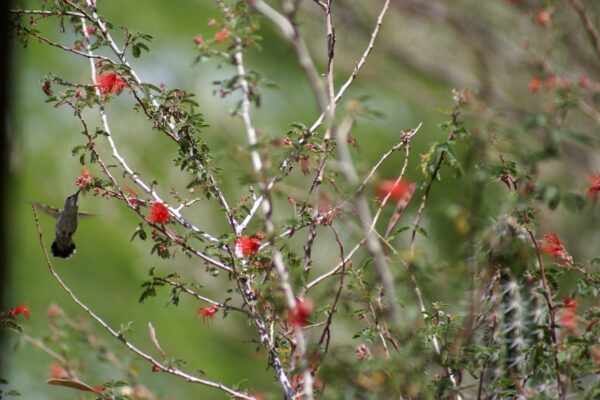According to a study released in January 2023, the urban heat island effect is particularly severe in areas of extreme heat, leading to health and economic consequence. The Nature Conservancy estimates that without taking any measures in Maricopa County to mitigate the heat island effect, the rising temperatures and increasing pollution will cost an estimated $1.9 billion annually by 2050.
Enhancing tree canopy coverage and other vegetation is one of the most effective strategies to reduce the heat island effect. In fact, Maricopa County, City of Phoenix and City of Tempe are partnering with urban forestry groups to achieve 25 percent tree canopy coverage. Urban Climate Research Center estimates that even a one-degree reduction in the average annual temperature would save Phoenix residents an estimated $15 million annually due to reduced demand on the electrical grid.
Golf courses mitigate the heat island effect with abundant tree cover and green spaces. For example, the presence of the golf courses in Scottsdale helps save residents approximately $30 million in utility costs annually. To achieve 25 percent tree canopy coverage throughout Maricopa’s urban areas, a total of 133,300 acres needs to be covered, likely with public/private funding. Existing golf courses effectively save future tree canopy programs an estimated $500 million in publicly funded installation and maintenance costs.
In 2021, Greenskeeping posted an article titled “No, golf courses are not bad for the environment,” in rebuttal to negative golf course pieces published by The Guardian in 2020 and Euro News in 2021.
Greenskeeping first cited a three-year Australian biodiversity study where Melbourne’s golf courses compared favorably against nearby public parks and residential areas.
Likewise, a second study of 135 U.S. golf courses in Minnesota, “found that they (golf courses) offer major benefits to their local environment, particularly surrounding temperatures, pollinating, retaining stormwater nutrients and biodiversity.”
The study’s impacts are further analyzed by the USGA, here, in addition to this summary quote:
The researchers demonstrated that properly managed golf courses provide the greatest amount of cooling among land uses, are more supportive of pollinators than urban residential or industrial areas, and retain more nutrients from stormwater runoff than suburban or urban residential areas. In general, this demonstrates that golf courses enhance surrounding communities in much the same way as city parks or open green spaces.
Audubon International is dedicated to helping golf courses protect the environment while preserving the game’s natural heritage. The Audubon Cooperative Sanctuary Program for Golf Courses (ACSP) serves as a vital resource, helping operators enhance the natural areas and wildlife habitats, improve efficiency, and minimize potentially harmful practices.
- Help highlight well-managed clubs, attracting golfers to environmentally responsible clubs.
- Provide golf course conditions as good, if not better, in harmony with the natural environment.
- Result in reduced costs, including energy, water, fuel, pesticides and fertilizers.
- Reduce exposure and risks from storing, handling and applying chemicals.
- Cut waste and promotes efficient operations.








